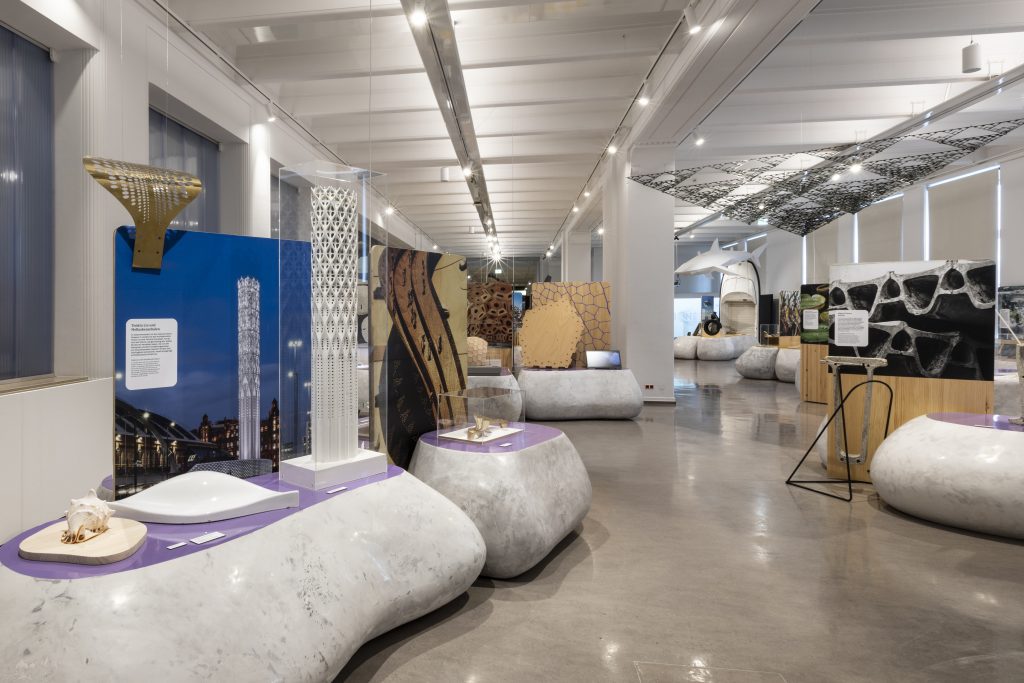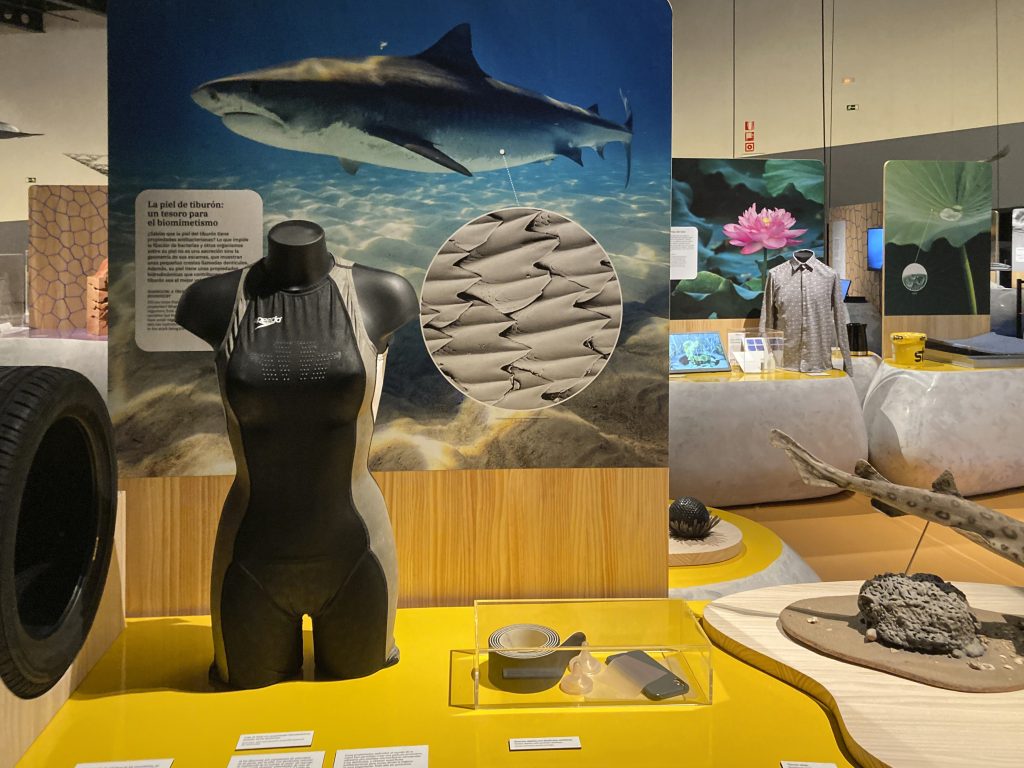Every now and then, friends who have children at home contact me saying they are going to Vienna for the weekend and would like some tips on where to go or what to see. They usually know in advance that they want to see Schönbrunn and the zoo, and then something else. For those who like markets, I recommend the Naschmarkt on Saturdays, for those who want to take a stroll and calm down, I send them to Roter Berg, where the best view of the city can be found and where they can find both a playground for children and a generous dog run.
And for those whose children are curious and very active, I would advise you to go to the Technisches Museum Wien (Technical Museum), which is a stone’s throw from Schönbrunn and the zoo.
The Vienna Technical Museum is a very helpful institution that always offers something extra in addition to its permanent exhibitions – an exhibition that highlights current thinking about the nature of our technicist civilisation. In recent years, for example, there have been projects focused on housing for the future or the looming future food shortage. This year, the museum offers the exhibition BIOINSPIRATION. A unique venture of its kind, it introduces viewers to the potential of bionics.
 A look into the BioInspiration exhibition. Photo: Technisches Museum Wien
A look into the BioInspiration exhibition. Photo: Technisches Museum Wien
Bionics is a relatively young scientific discipline that combines knowledge from biology and technology. In other words, it shows how natural phenomena, structures, processes and mechanisms are transferred to contemporary technologies. After you go through the exhibition, you will see that in many ways this is the science of the future. And that’s what the exhibition at the Technical Museum is all about. The intention of the authors is to present the phenomenon of bionics in its entirety, because, as the materials for the exhibition mention, “although bionics is already very well established in the scientific world, the public is still very little aware of this concept”.
Like all exhibition projects at the Technical Museum, BioInspiration is designed to impress. Bionics is introduced through dozens of examples – from architecture, medicine, transport, robotics, energy, urban planning, materials, sports and aerospace. And this is its undeniable advantage. BioInspiration, without being boring, explains the basic principle of the selected natural phenomenon in clear language and then, mostly by means of concrete examples, demonstrates how this principle is translated into the world of technology and contemporary science. Visitors will thus learn in an entertaining way, for example, that the discovery of Velcro was born in the 1940s. years 20. century of the hook-tipped burdock fruit that we so often comb out of our four-legged pets’ fur; that termite mounds can teach us lessons in architecture about passive cooling of buildings, or that the aerodynamic and antibacterial nature of shark skin can be used to make swimsuits, yoga mats, or build boats.
 The structure of shark skin inspired scientists to create the swimwear in which Australian competitive swimmer Ian Thorpe won three gold and two silver medals at the Sydney Olympics. Photo: Technisches Museum Wien
The structure of shark skin inspired scientists to create the swimwear in which Australian competitive swimmer Ian Thorpe won three gold and two silver medals at the Sydney Olympics. Photo: Technisches Museum Wien
There are many practical examples at the exhibition and one cannot help but wonder how diverse and interesting the world of bionics is. In addition, the Spanish organisation Parque de las Ciencias, which initiated the project, has chosen a very attractive design for the entire exhibition, dominated by unobtrusive colours and overall simplicity.
More information about the exhibition can be found on the museum’s website.
The Technisches MuseumWien is open daily Mon-Fri from 9am-6pm, Sat-Sun, public holidays from 10am-6pm. Children under 19 years of age are admitted free of charge. The entrance to the museum is wheelchair accessible and there are baby changing facilities in the toilets. There is a restaurant with a café in the museum building. There are tables in the spacious corridors where guests can sit and eat their own meals, or drink coffee or water from the vending machine. There are two play corners in the museum for young children, which I can highly recommend. However, it is better to book a place in advance.
M. Zuzaňáková
